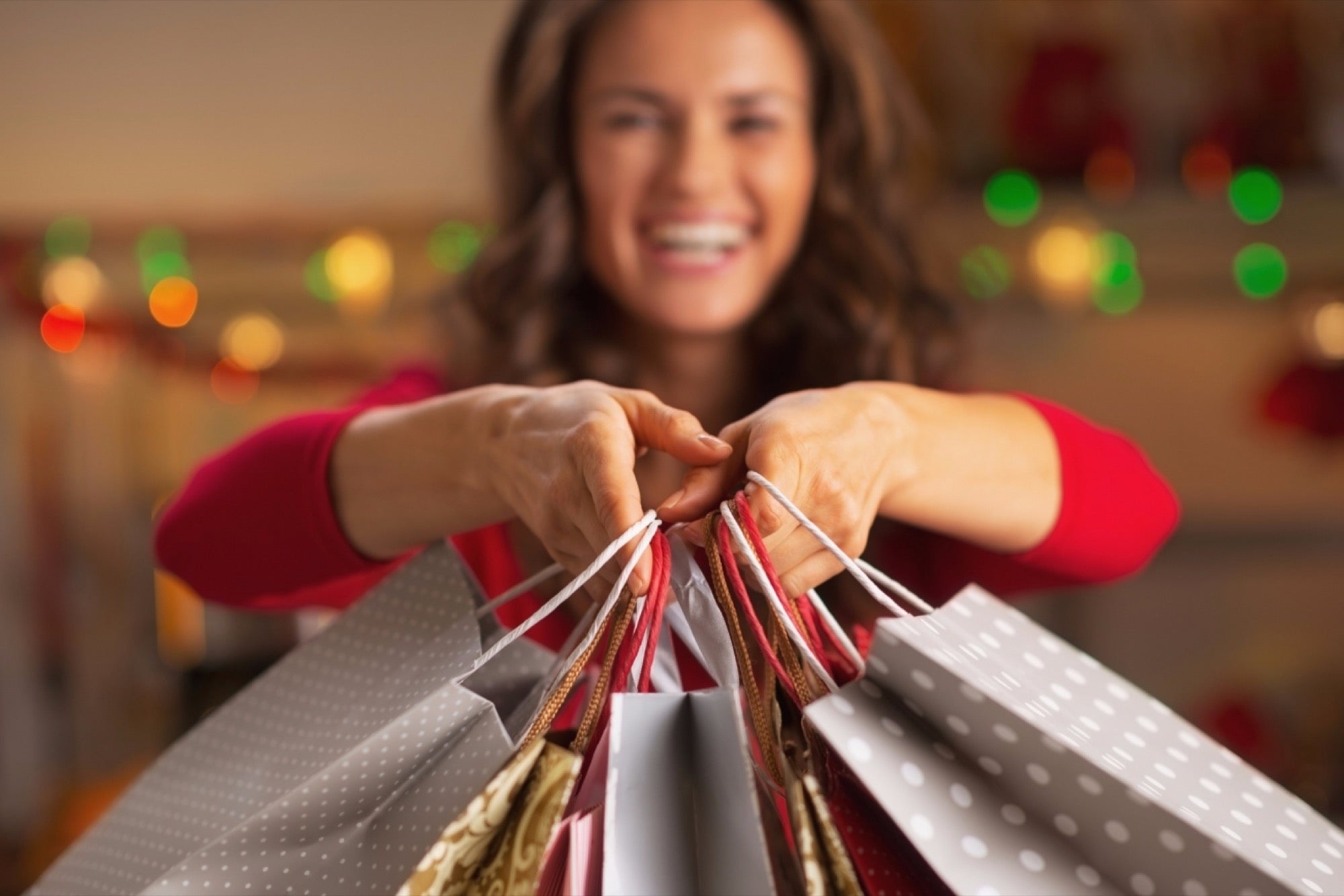3 Ways Retailers Should Accommodate the Mobile-Obsessed Customer The smartphone-centric status quo isn't such a bad thing for retailers.
By Jeff Trachsel Edited by Dan Bova
Opinions expressed by Entrepreneur contributors are their own.

Smartphones are no longer just a trendy piece of technology. For many consumers, they're practically an appendage. Eighty percent of 18 to 24-year-olds bring their phone to bed every night. Seventy-five percent of Americans fess up to using mobile phones while using the bathroom. And 12 percent even use their smartphones in the shower.
Faced with these stats, retailers can't be shocked that 68 percent of adults check the Internet on a smartphone while shopping to enhance their in-store experience. From comparing prices to looking up user reviews, this hybrid in-store online / purchasing experience is the new normal for retailers.
This new smartphone-centric status quo isn't such a bad thing for retailers, especially those willing to adapt their go-to-market strategy. In fact consumers who use smartphones when out shopping are 14 percent more likely to make a purchase in the store than those without, according to a study from Deloitte. And roughly half of all smartphone users surveyed said their phones have influenced their decision to buy an item in a physical store.
Related: Men's Warehouse Founder George Zimmer Wants to Change How You Rent a Tux
Instead of being threatened by this new breed of buyer, retailers need to see this behavioral change as an opportunity. To stay ahead of the game, retailers need to be finding ways to share the shopping experience with a customer's screen.
Following are three tips to help create a converged online / in-store customer experience that appeals to today's consumer.
1. Make mobile payment easy.
Within 72 hours of its launch, one million payment cards were activated on Apple Pay. With a mobile payment structure that is simple and secure, Apple Pay has created a new breed of shopper -- one who actively seeks out retailers that accept this new form of payment. In this new environment retailers that don't offer Apple Pay, or another form of mobile payment like Google Wallet, risk losing sales.
Forrester Research projected the mobile in-person market, or people using phones to pay in-store, to be valued at $6.8 billion in 2015. This form of payment is fast and easy for consumers, but it presents a challenge for many traditional retailers who must find ways to accommodate mobile payment capabilities into brick-and-mortar locations. Those willing to make the investment should be at an advantage as more consumers demand mobile payment options.
2. Make being mobile friendly your M.O.
Developing a mobile-friendly website is critical for retailers to cater to this new breed of buyer. One study from comScore found that 27 percent of smartphone users read customer reviews while in the aisles of a store, 23 percent call, email or text family and friends for feedback on a purchase and 22 percent read product details on their device. Optimizing this online experience for the in-store shopper is critical for success.
Related: Target Is Getting Into the Beacon Game
Apps also win under the new regime. Fifty-five percent of shoppers who responded to Cisco's fifth annual retail survey said they will use a retailer's app while shopping, and 34 percent claimed to use a third-party app for the same purpose. With a mobile app, retailers can effectively cater to customers' needs for convenience and efficient shopping. Apps can effectively deliver special offers, or money-saving coupons once customers are in the store. Retailers can also offer utility services that would otherwise need to be researched on a customer's own time including interactive store locating tools, information on store hours and customer service contact information.
3. Promote early device upgrades via (what else?) mobile.
Mobile-friendly programs can tie a customer's love for smartphones to her love for shopping. For example, retailers can leverage in-store trade-in programs to accelerate a customer's device upgrade timeline. Well-timed trade-in promotions can help retailers cut through the clutter during new device launches, such as the upcoming iPhone 6s launch, while increasing foot traffic from buyers looking for money-saving specials tied to new technology investments.
Retailers looking to motivate mobile-obsessed customers should look for ways to use their brand's online presence to amplify in-store promotions, and offer customers mobile promotions that can only be redeemed in store. Promoting in-store trade-in through digital channels ensures the trade-in messages reach consumers who are tied to their smartphones, then helps to drive them in the store.
Related: Gap Is Doing Everything It Can to Become Cool Again











